Caravaggio was a drunken, brawling SOB who was always in trouble with the law.
Fortunately for him he was an incredible painter. One of the best and known for painting intense, dramatically lit scenes. He influenced great artists like Rembrandt van Rijn and Peter Paul Rubens. Unfortunately, he also had violent mood swings, engaged in a fair amount of debauchery, and had a habit of getting involved in fights. Some say this behavior may have been caused by lead poisoning from his paints. However, competing painters at the time must also have been exposed to lead paints, and there is no record that suggests they were all self-destructive idiots too. Therefore either Caravaggio had a closer nose-to-palette working style, or lead paint was not a factor driving him to act on his darker impulses. But we digress.
Caravaggio's birth name was Michelangelo Merisi (or Merigi). But he was born in the town of Caravaggio, so 'da Caravaggio' (from Caravaggio) got added to his last name, and this became the name by which art historians and museum-goers refer to him. At any rate, Mike from Caravaggio got in trouble in his home town for a number of things, including throwing rocks at the police, and ran away to Rome at an early age.
While there, he painted young scantily clad boys for the very gay Cardinal Francesca Maria Del Monte. The Cardinal gave him lodging in his Palazzo, and protected Carravaggio from the police. Caravaggio may have been bisexual though so he also liked women, including prostitutes, whom he used as models and also for ... other purposes. One day he was playing tennis with Ranuccio Tomassoni, the pimp to two of his favorite prostitutes, Anna Bianchini and Fillide Melandroni. It is not known if the ensuing duel was about the tennis game or about the fact that Caravaggio was apparently unsated by Anna and Fillide, and had been making moves on Tomassoni's wife. It ended with Caravaggio whacking Tomassoni in the nads with his sword and severing Tomassoni's femoral artery, thereby causing Tomassoni to bleed out and die. Art historians are not sure whether Caravaggio actually intended to kill Tomassoni or merely to castrate him. Apparently, it was common for participants in Italian street fights to attempt to intentionally inflict certain types of specific injuries on their opponents, and the fines for such injuries varied according to severity. The penalty for knocking out teeth was 50 Lire per tooth, testicles went for 200 Lire each, and a full castration ran 500 Lire, as did the amputation of a hand. However, murder was a capital crime, so a death warrant and reward were issued, and Caravaggio fled from Rome to Naples. Anyone could kill him at will and claim the reward, as long as they produced Caravagio's head as proof.
Naples worked out for a while, but Caravaggio was still nervous about the price on his head and fled to Malta. There he whipped up a few masterpieces and was rewarded with the title of Knight of Malta, which got him off the hook for that outstanding death warrant (papal death warrants were not enforceable against Knights of Malta, who were above the law and operated under their own rules). After years on the run, he was finally safe. Which lasted all of one week, and then he participated in another fight during which a door got kicked in and a senior knight got severely injured. He was arrested and de-knighted for being a "foul and rotten member". He escaped from the Maltan Knight prison (one of the few people ever to do so) by rappelling down a cliff on a rope ladder and fled to Sicily where he moved from town to town, always sleeping fully clothed with his sword by his side.
He painted many more masterpieces while on the run, including a few for the pope, which he offered up as an inducement to obtain pardon for the murder of Tomassoni. While the pope was thinking about the pardon, Caravaggio's luck ran out, and he was ambushed and wounded. There is speculation that Tomassoni's relatives got to him, but the more credible explanation is that the attack was revenge by the Knights of Malta. He caught a fever and died three days before the pardon arrived.














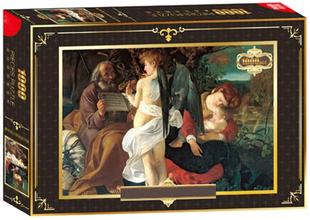
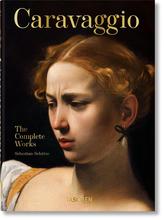
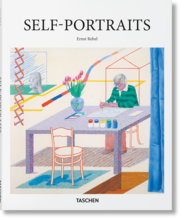
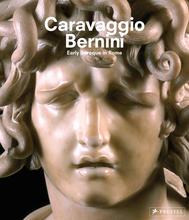
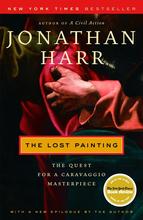
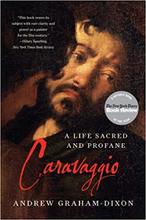
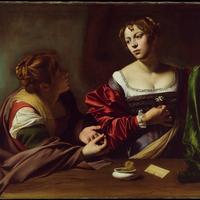
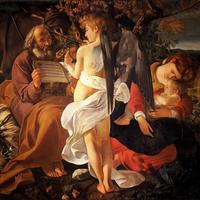
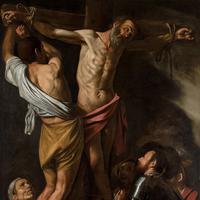
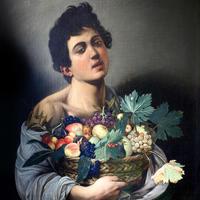
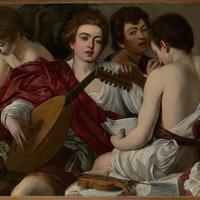












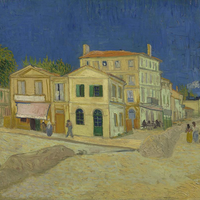
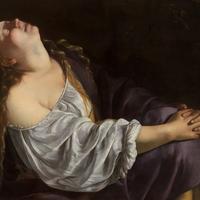

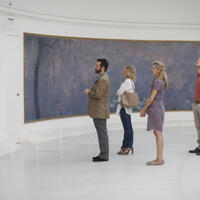
TOO VIOLENT FOR MY TASTE HA HA THANKS